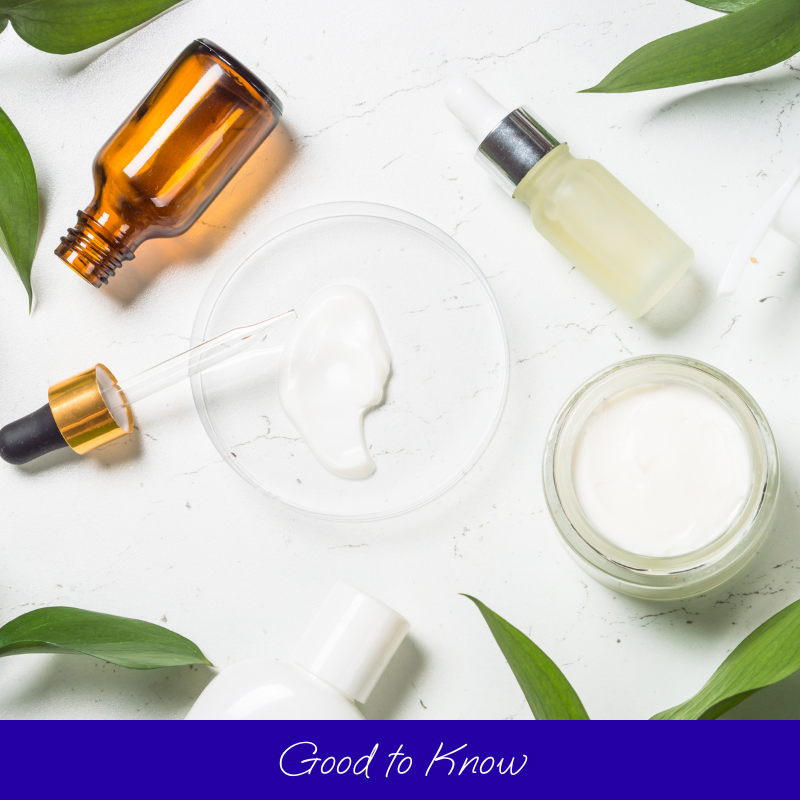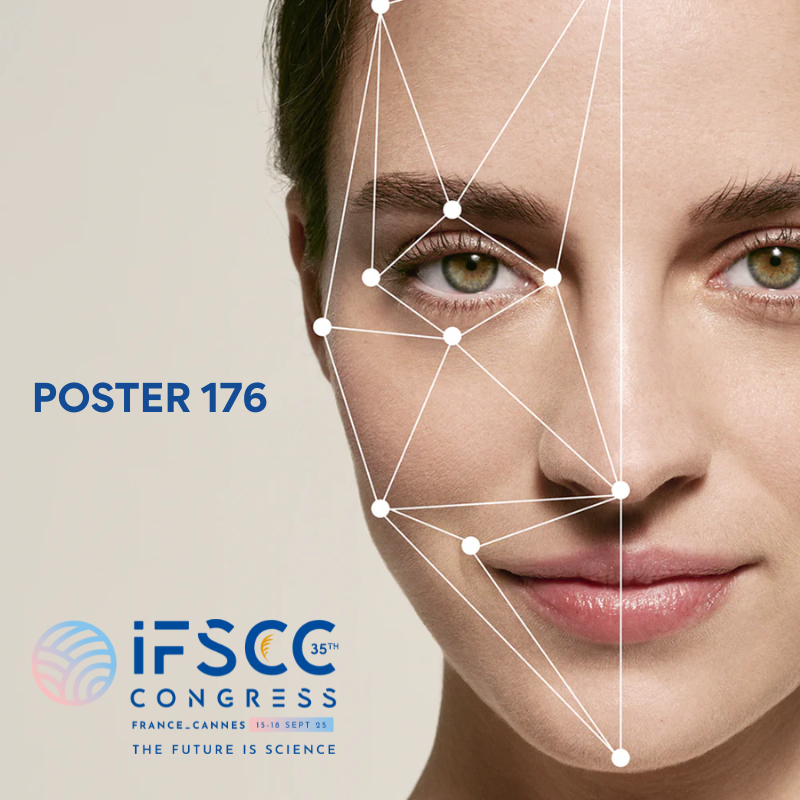The 9th SPIM – Skin Physiology International Meeting 2024 organized by the Greentech Foundation took place in Vichy from November 21 to 22. This international congress, held only once every two years, is dedicated to presenting the latest research in skin physiology. The congress provides an opportunity to discuss the latest innovations in this field.
Cutaneous homeostatis
Dr Sonkoly (Uppsala, Sweden) presented the major role of non-coding RNAs in this cutaneous equilibrium. Dr Green (Chicago, USA) presented the role of desmosomes in maintaining skin barrier function and controlling inflammation. Dr Matos (Amsterdam, Netherlands) highlighted the role of skin-resident T lymphocytes in maintaining the skin’s immune homeostasis.
Emerging concepts in cutaneous physiology
This session highlighted innovative ideas and advances in the field of dermatology. Professor Pirot presented phagotherapy as a means of treating atopic dermatitis or psoriasis, while Professor Jones explained how different gases could be used to treat skin or nail infections.
Skin barrier
Professor Akemi Ishida Yamamoto (Asahikawa, Japan) showed that it was possible to explain the transmission mechanism of lamellar bodies between the different layers of the stratum granulosum using 3D transmission electron microscopy. Professor Indra (Portland, USA) recalled the role of epidermal lipids in maintaining barrier function, as well as the enzymes involved in this lipid metabolism, using the example of atopic dermatitis.
Ageing
Longevity, the current trend in cosmetics, was discussed, with an overview of some of the processes involved in aging and potential interventions to combat it. Professor Tavernarakis (Crete, Greece), for example, recalled the central role of mitochondrial homeostasis in preventing aging. Dr Pourzand (Bath, UK) detailed the deleterious role of iron in this process. Dr Godinhoferreira (Nice, France), presented the role of telomeres and telomerases in aging, with a focus on melanoma.
SPIM also honors young researchers, giving them the opportunity to present their work and compete for the best presentation and best poster awards. It’s also a chance to win a publication in the International Journal of Cosmetic Science (IJCS).
Gaurav Kansagara, a doctoral student from Bangalore University (India), presented his work on the MINDIN protein and its role in fibrosis. He won the prize for best presentation.
Elise Levy, a post-doctoral student in Dr Michel Simon’s laboratory (Toulouse, Institut Infinity) presented her work on the development of skin models dedicated to the study of skin diseases such as ichthyosis congenita. These models open up numerous opportunities for fundamental and clinical research. She also won the prize for best poster. Emma Fraillon, a doctoral student in Professor Jérôme Lamartine’s laboratory at LBTI (Lyon, France) presented work showing the role of TRPV3 in psoriasis. This work has been selected for publication in the journal IJCS.
Finally, among all the themes addressed, we can highlight the evolution of in-vitro skin models towards personalized models based on pathologies, particularly those linked to inflammation. This is directly linked to the development of skincare products for sensitive skin and anti-pollution care, and to the importance of studies on skin immunity. Furthermore, longevity is emerging as the claim to replace “anti-ageing” or “well-ageing”. The world’s population is ageing, and cosmetics brands’ approach to the effects of ageing now speaks in unison of longevity!
Hanane Chajra – Elegancia Lifesciences





